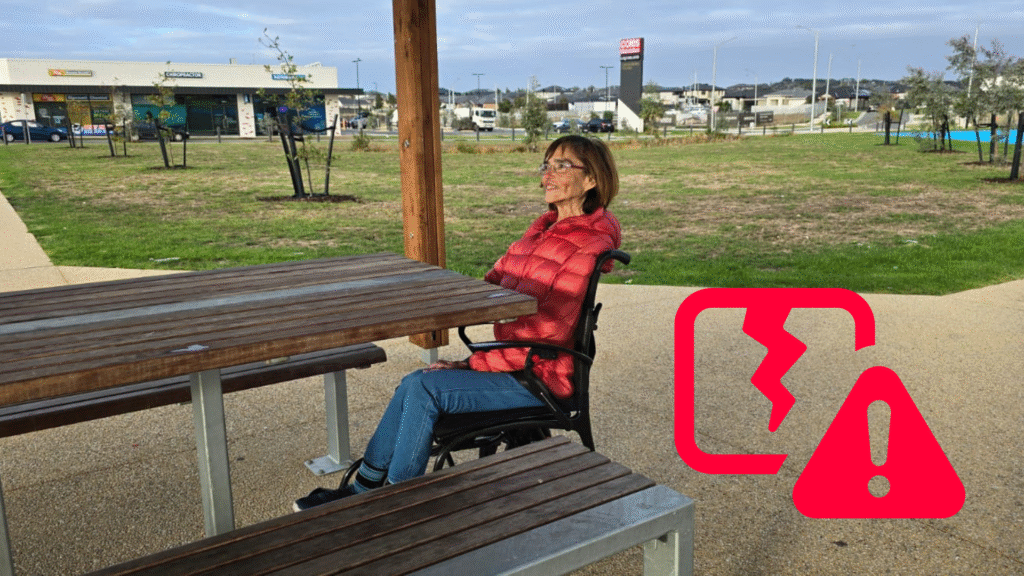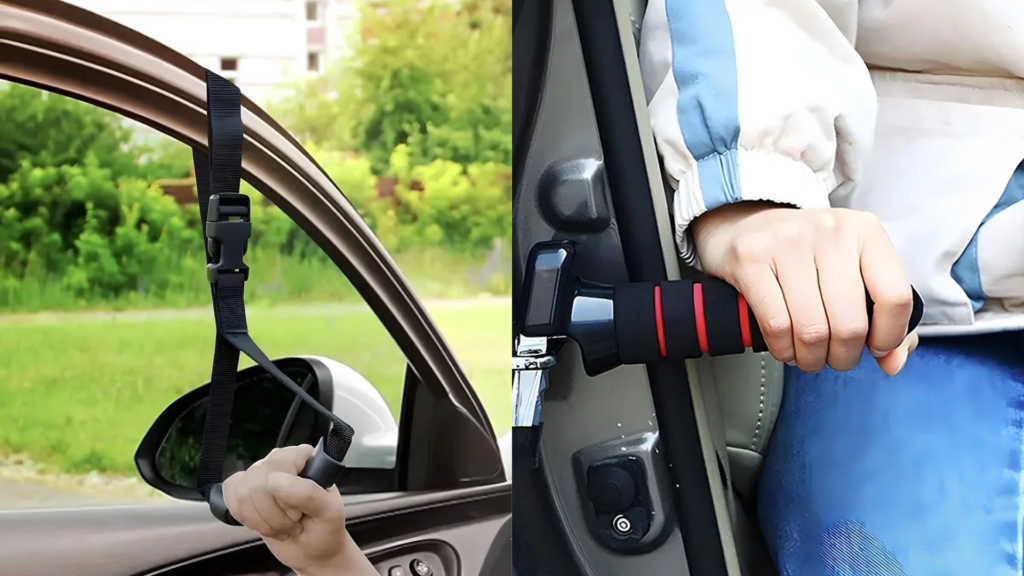For anyone relying on battery powered wheelchairs, a well-maintained battery is the key to reliable and safe mobility. Whether you’re an NDIS participant, a caregiver, or a new wheelchair user in Australia, understanding how to care for your wheelchair’s battery helps extend its lifespan and maintain performance.
This guide covers everything from charging best practices to battery maintenance in hot climates, ensuring you get the most out of your power wheelchair battery.
Understanding Your Wheelchair Battery
Most power wheelchairs in Australia use sealed lead-acid (SLA) or lithium-ion batteries. Knowing what type you have is essential for applying the right maintenance techniques.
Types of Wheelchair Batteries:
- Sealed Lead-Acid (Gel/AGM): Common, reliable, and affordable.
- Lithium-Ion: Lightweight, longer-lasting, and faster charging.
Each type has different charging characteristics and life expectancy, which can vary based on how the wheelchair is used and stored.
Average lifespan:
- SLA: 12–24 months with regular use
- Lithium-ion: 3–5 years depending on care and charging cycles
Factors That Affect Battery Life in Australia
Australia’s unique climate and terrain can shorten your wheelchair battery’s lifespan if not properly managed.
Key Factors:
- Heat and Humidity
- Excessive temperatures (especially inland) degrade battery cells faster.
- Always store and charge batteries in shaded, cool areas.
- Frequent Full Discharges
- Avoid running your battery completely flat—this reduces longevity.
- Infrequent Use
- Batteries still lose charge when not in use. Recharge regularly to prevent deep discharge.
- Incorrect Chargers
- Using an incompatible charger can overheat or damage your battery.
- Overnight Charging
- While some smart chargers are safe, SLA batteries should not be left on charge for more than 12 hours.
Charging Best Practices and Safety Tips
Applying the right battery life tips can significantly extend your power wheelchair’s service life.
Best Charging Practices:
- Charge after each use, even short trips.
- Use only the manufacturer-recommended charger.
- Allow batteries to cool before charging if used heavily in hot weather.
- Charge fully to 100% but avoid overcharging.
- For lithium batteries, keep charge levels between 20% and 90% for maximum cycle life.
Safe Charging at Home:
- Avoid charging on flammable surfaces (e.g., beds, carpets).
- Keep battery terminals clean and dry.
- Use a portable wheelchair charger with auto shut-off when possible.
Tip: Explore portable wheelchair charger options suitable for travel and safe indoor use.
How to Store and Maintain Batteries Long-Term
If you’re planning a holiday, recovering from surgery, or not using your wheelchair daily, battery storage is just as important.
Long-Term Battery Care:
- Store batteries fully charged.
- Disconnect from the wheelchair if stored longer than 2 weeks.
- Recharge every 4–6 weeks during extended inactivity.
- Keep in a dry, cool environment (ideally between 10°C–25°C).
In coastal areas, check terminals regularly for corrosion. Use protective covers and silica packs if storing batteries in a garage or shed.
Choosing the Right Replacement Battery
Over time, batteries degrade—even with good care. Here’s how to choose the right replacement wheelchair battery:
What to Look For:
- Voltage & Amp-Hour (Ah): Match the original specs from your chair’s manufacturer.
- Battery chemistry: Replace SLA with SLA, or switch to lithium only with OT and supplier guidance.
- NDIS-compliant models: Required for funding support and safety assurance.
Shop for NDIS-approved wheelchair batteries via our Care With Us store or contact us for personalised recommendations.
NDIS Support for Battery Maintenance and Replacement
If you’re an NDIS participant, you may be eligible for battery replacement or maintenance funding through your assistive technology budget.
What NDIS Can Cover:
- Replacement of faulty or aged wheelchair batteries
- Charger replacements if deemed unsafe or incompatible
- Battery-related assessments by an Occupational Therapist
How to proceed:
- Ensure your plan includes Assistive Technology maintenance
- Request a quote or OT report through our Product Enquiry page
- Get help navigating your options from our team at Care With Us
Conclusion
By understanding your power wheelchair’s battery and applying proper charging, storage, and replacement strategies, you’ll enjoy better mobility and fewer interruptions.
Whether you use your battery powered wheelchair daily or occasionally, keeping your battery healthy is a key part of reliable and safe mobility in Australia’s unique conditions.
Shop NDIS-approved batteries, contact our team for tips or replacements, and keep your independence charged and ready to go.
Frequently Asked Questions (FAQs)
- How long do wheelchair batteries last?
SLA batteries usually last 12–24 months. Lithium-ion batteries may last 3–5 years, depending on care and usage. - Can I leave my power wheelchair charging overnight?
If you have a smart charger, it’s generally safe. Otherwise, avoid charging for more than 8–12 hours continuously. - How can I tell if my battery is failing?
Shorter travel distance, longer charging time, or battery indicator errors may signal a failing battery. - What charger should I use for my battery?
Always use the manufacturer-supplied charger or a model approved by your supplier to avoid damage. - Does hot weather affect battery life?
Yes. Heat accelerates battery degradation. Always charge and store batteries in cool, ventilated areas. - Can NDIS help me replace my battery?
Yes, if your plan includes Assistive Technology maintenance. You’ll need a quote or OT support documentation. - Where can I buy a replacement wheelchair battery in Australia?
Visit the Care With Us store or contact our team for NDIS-compliant options.



